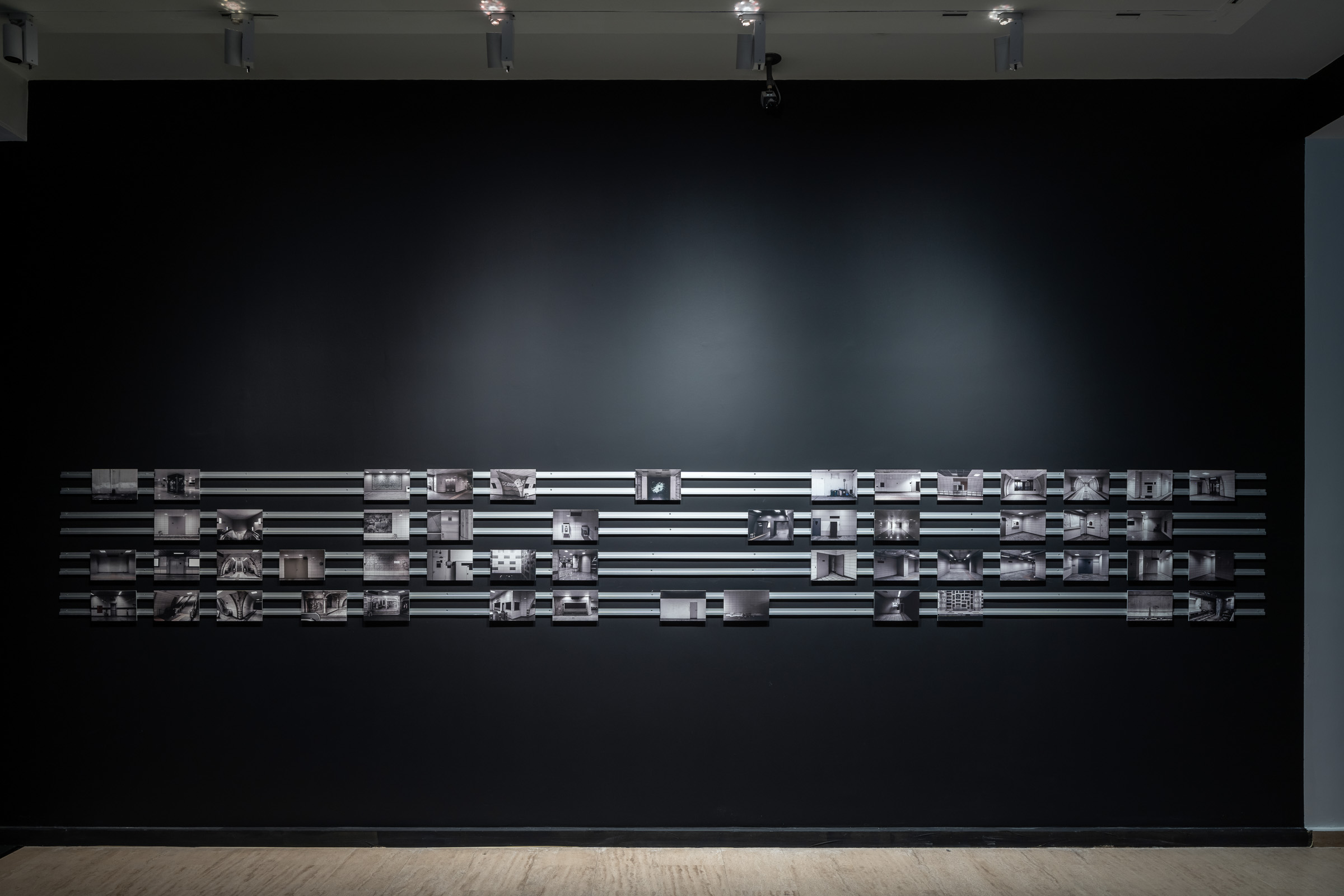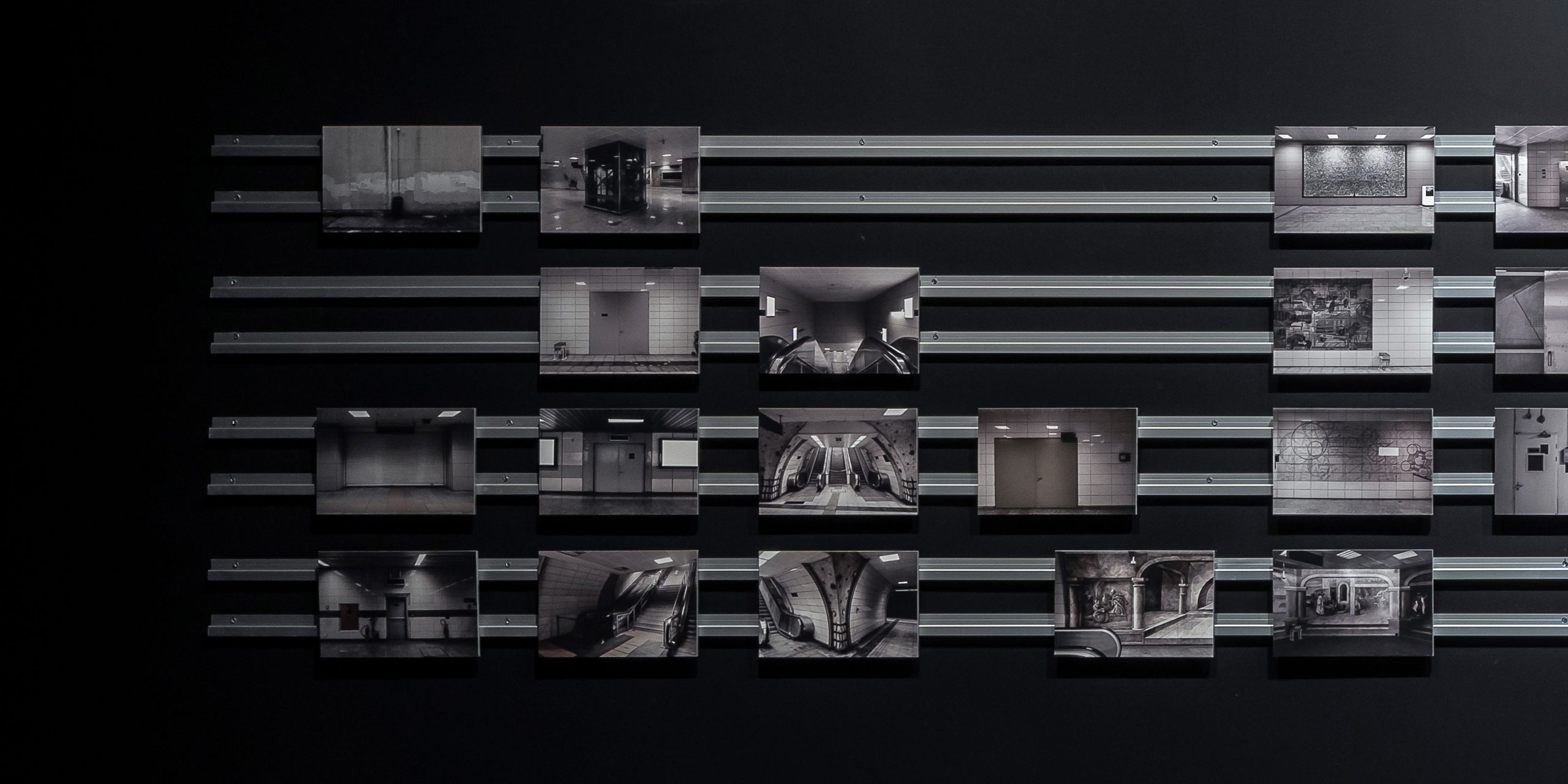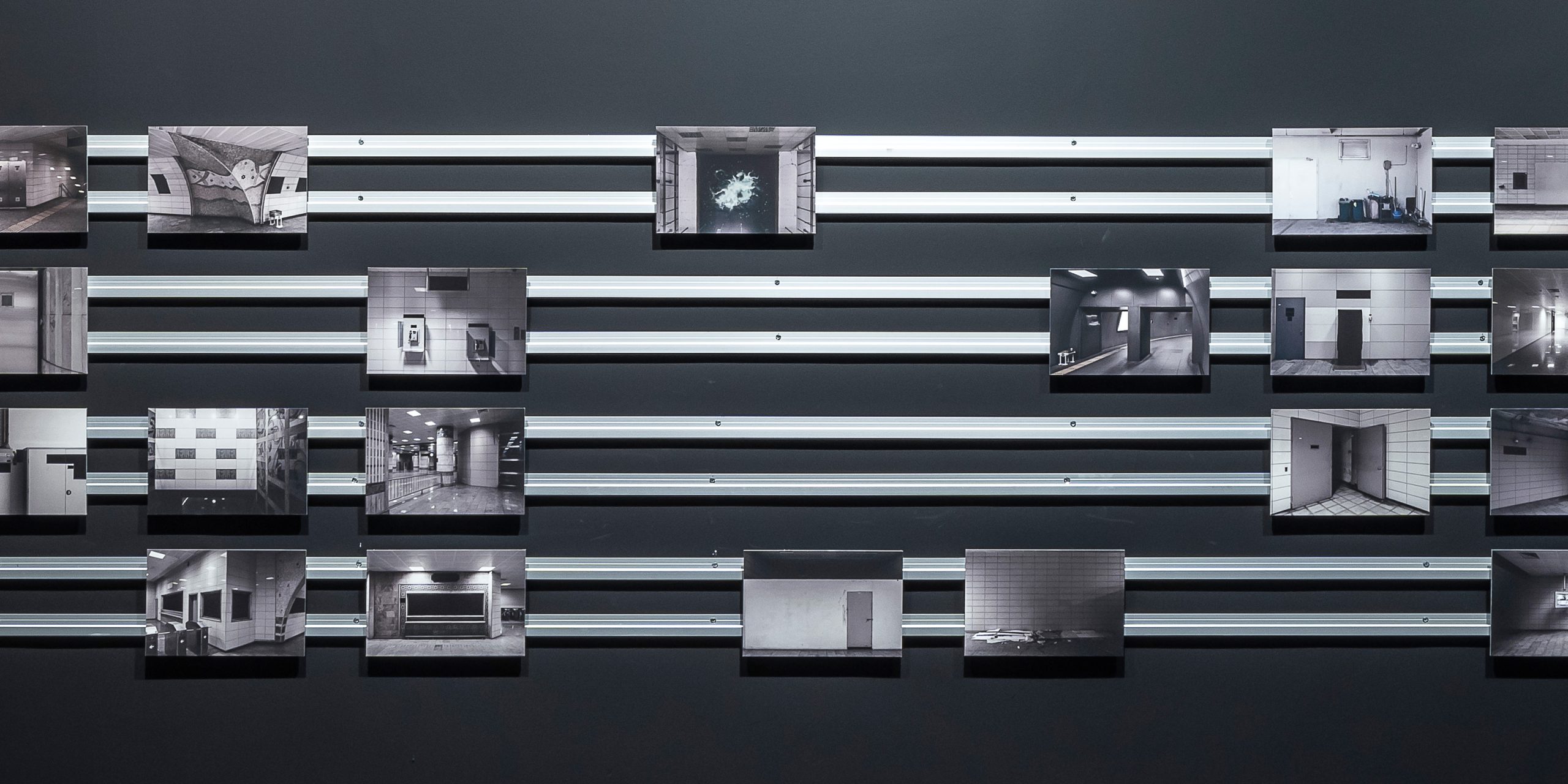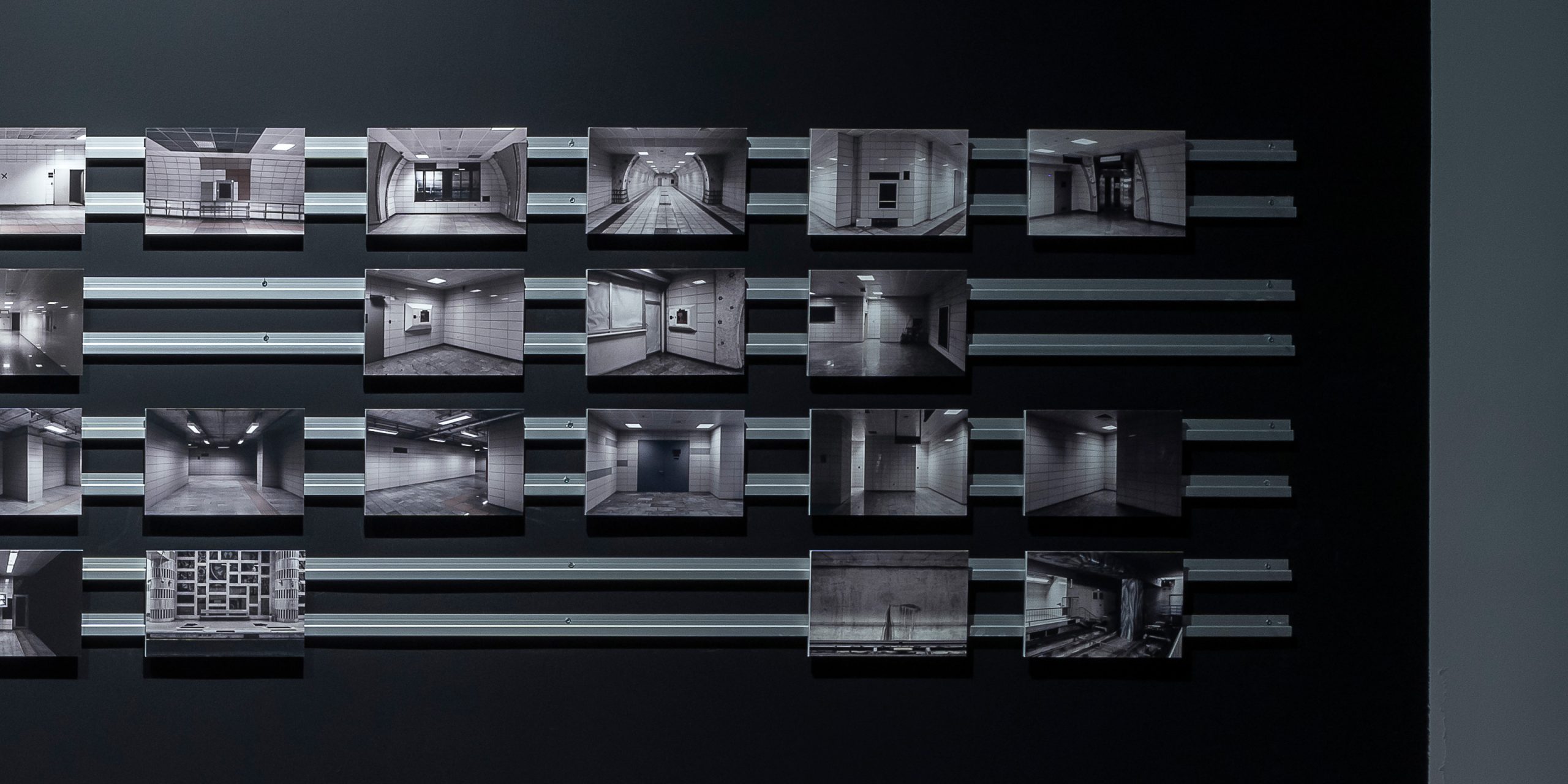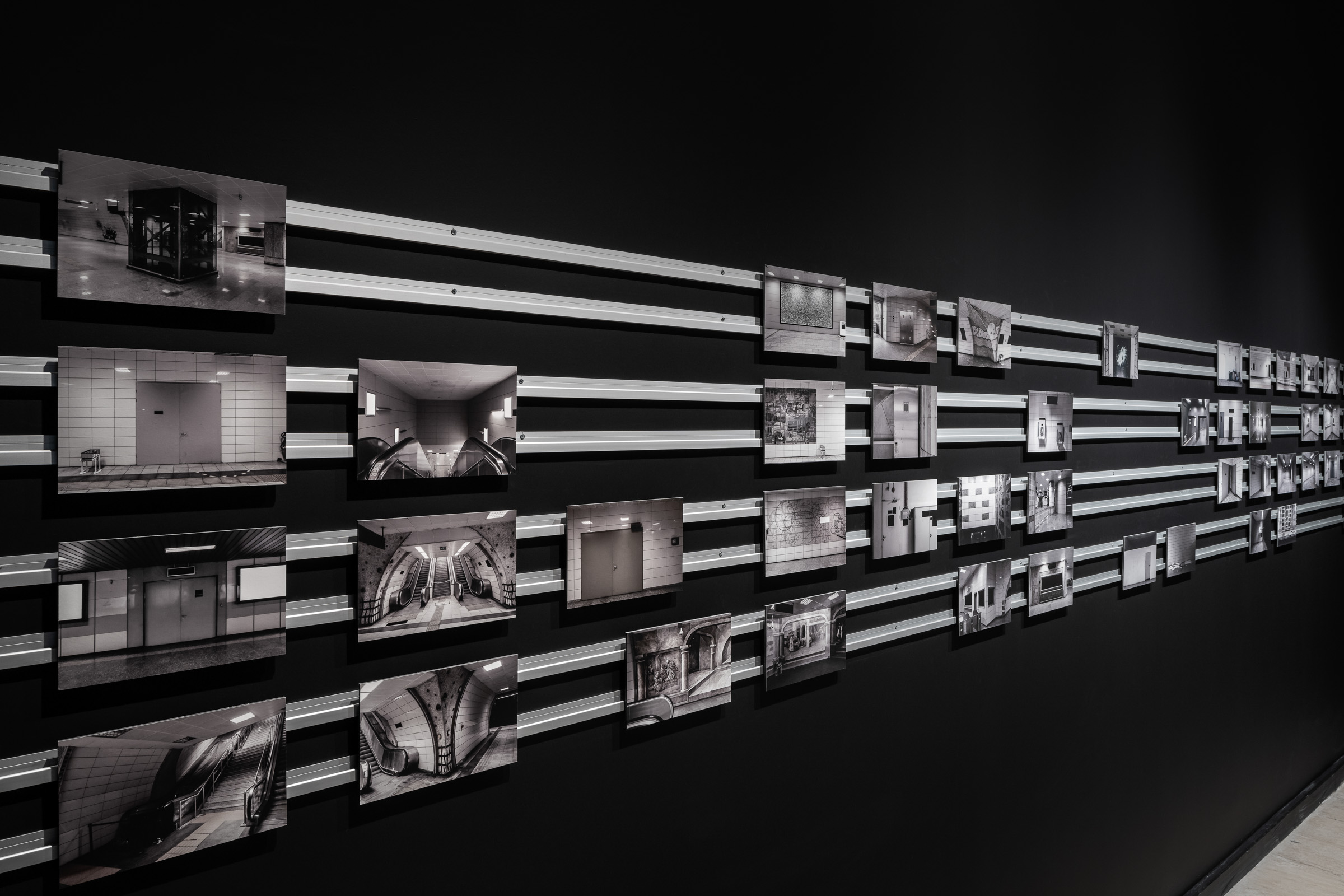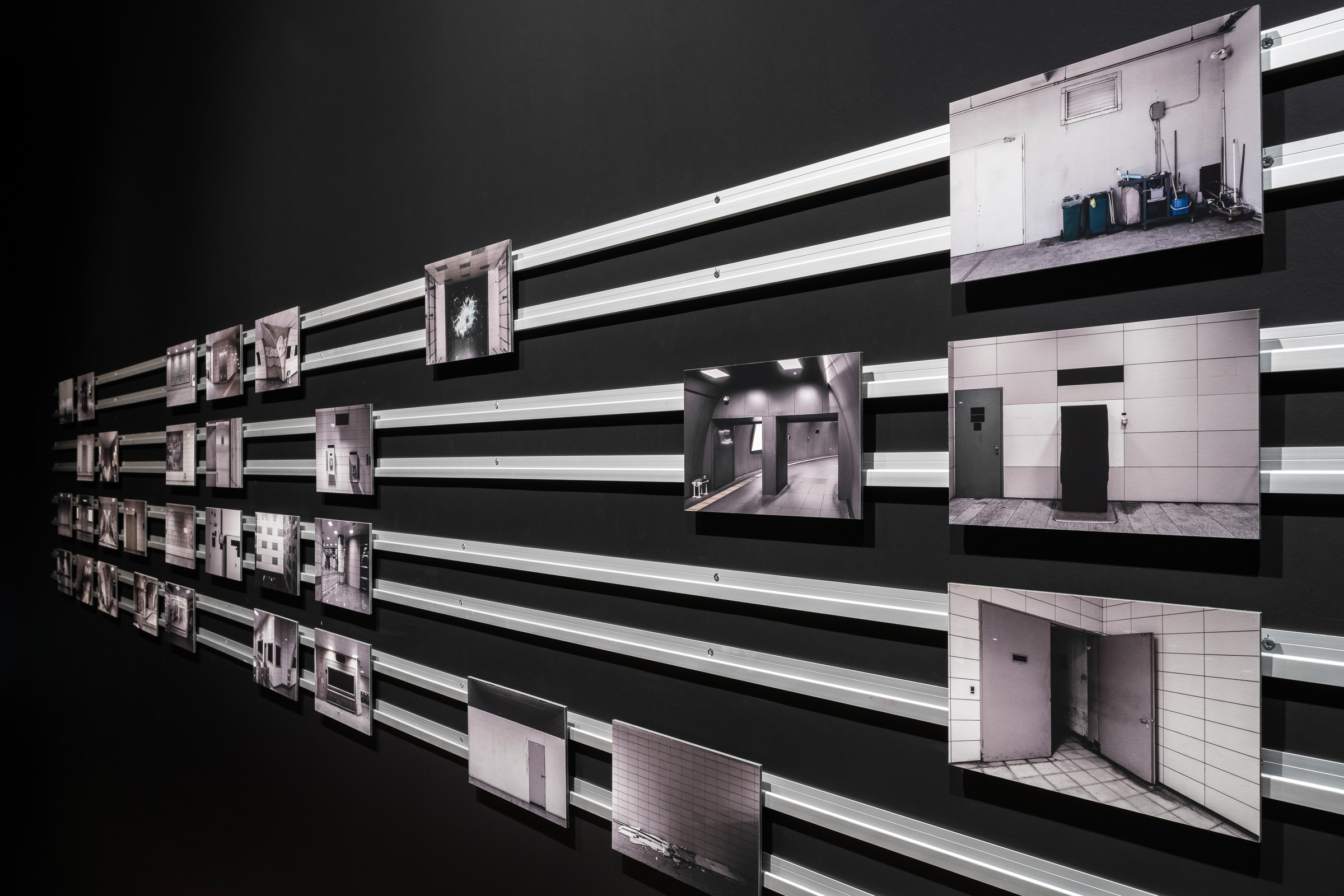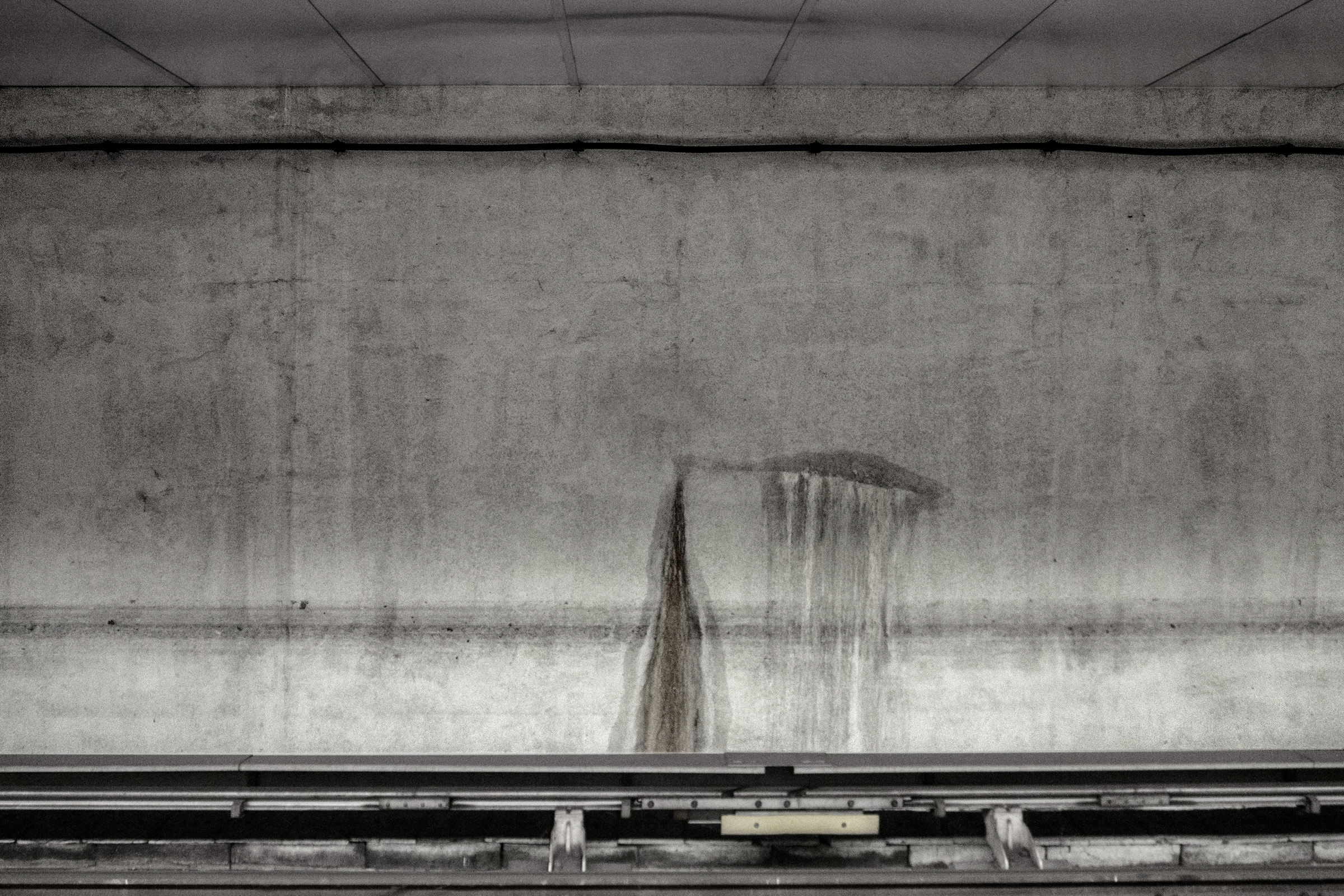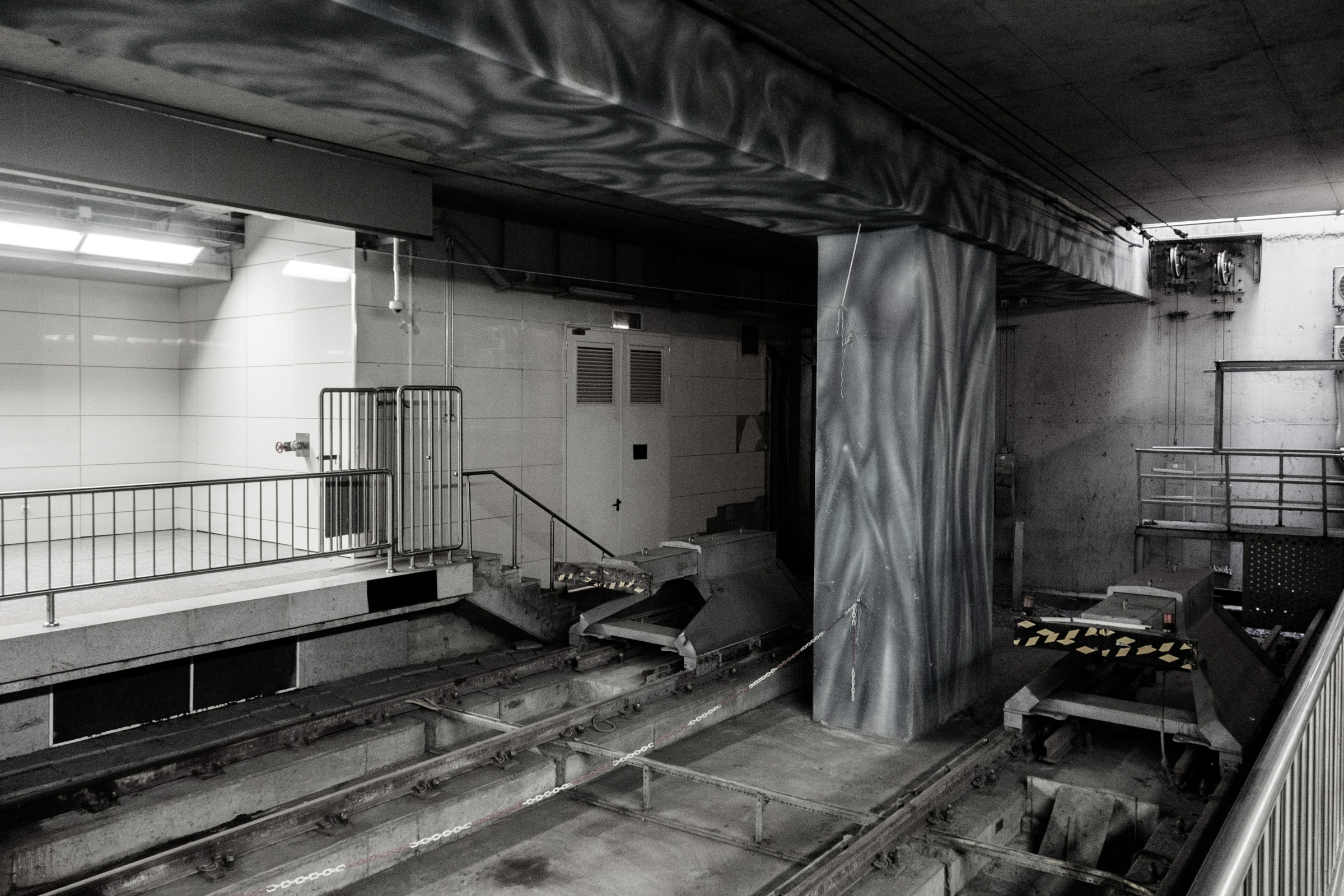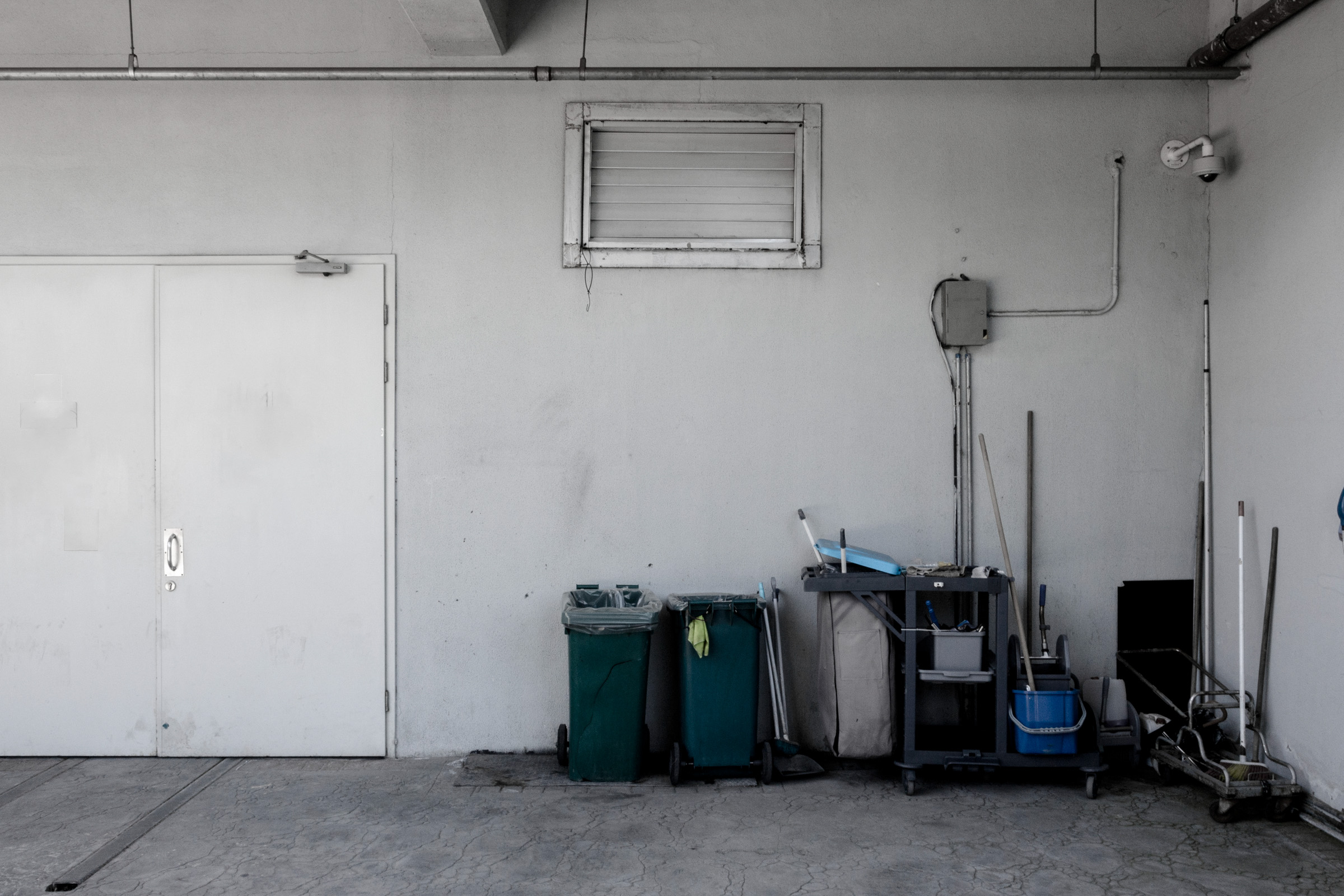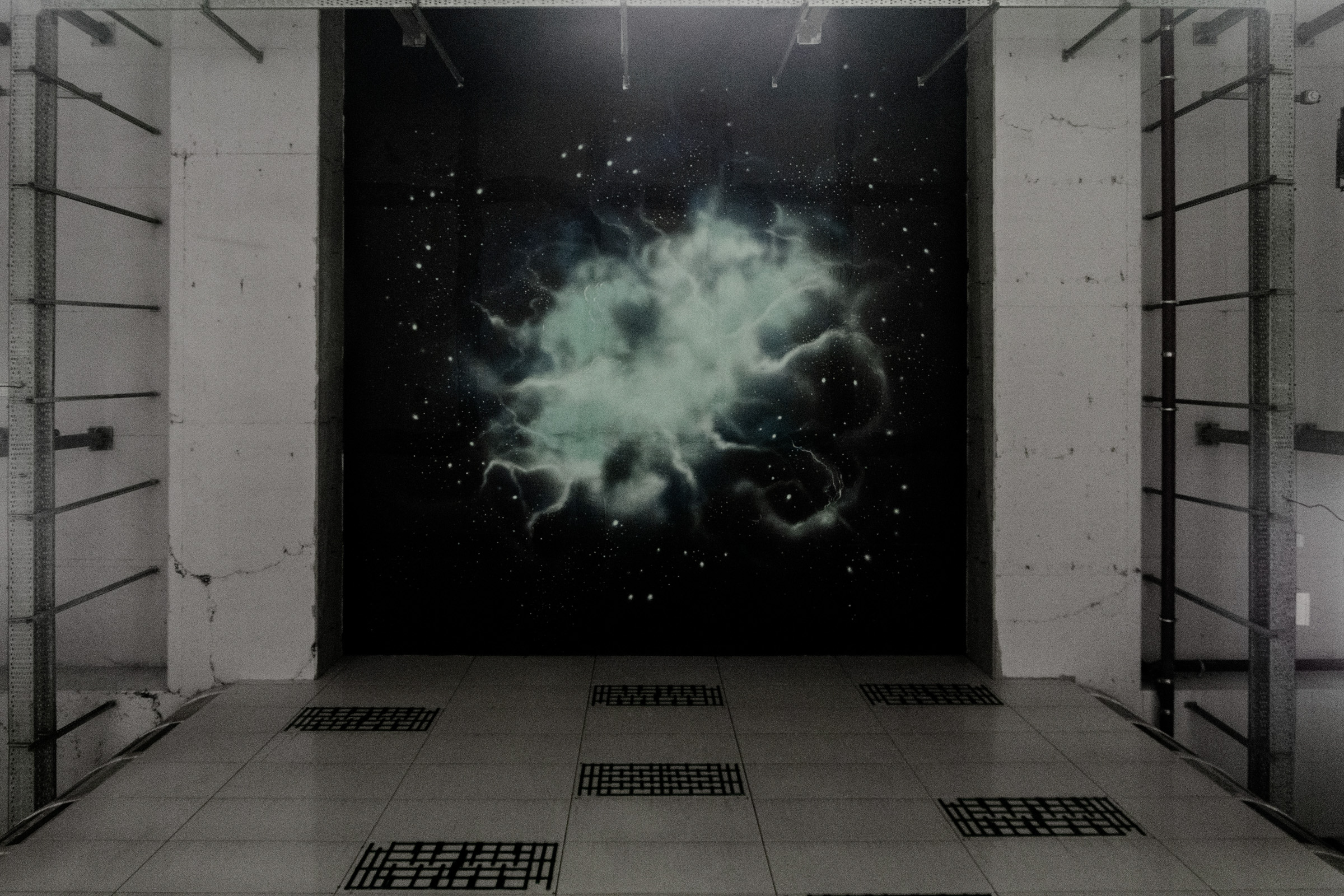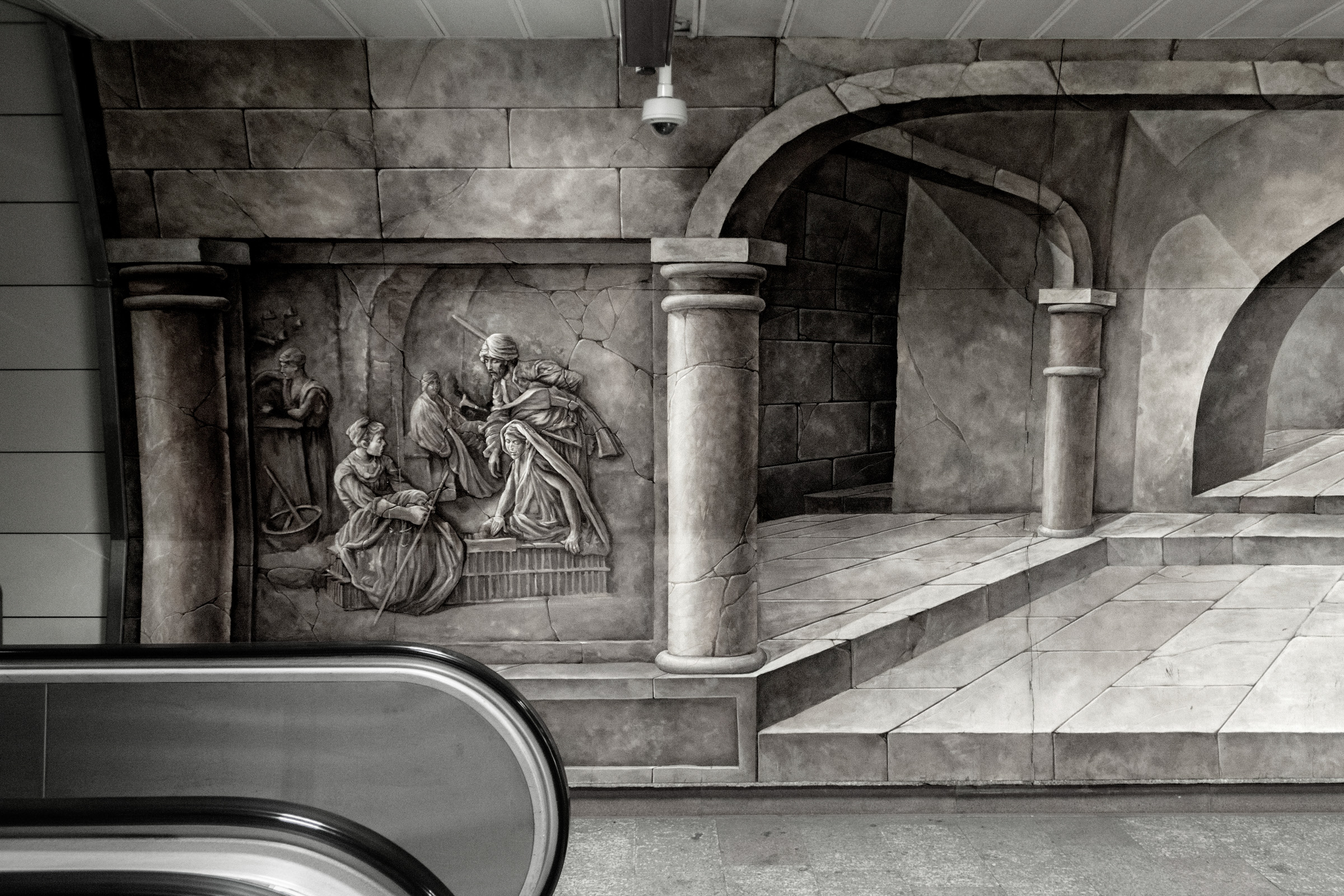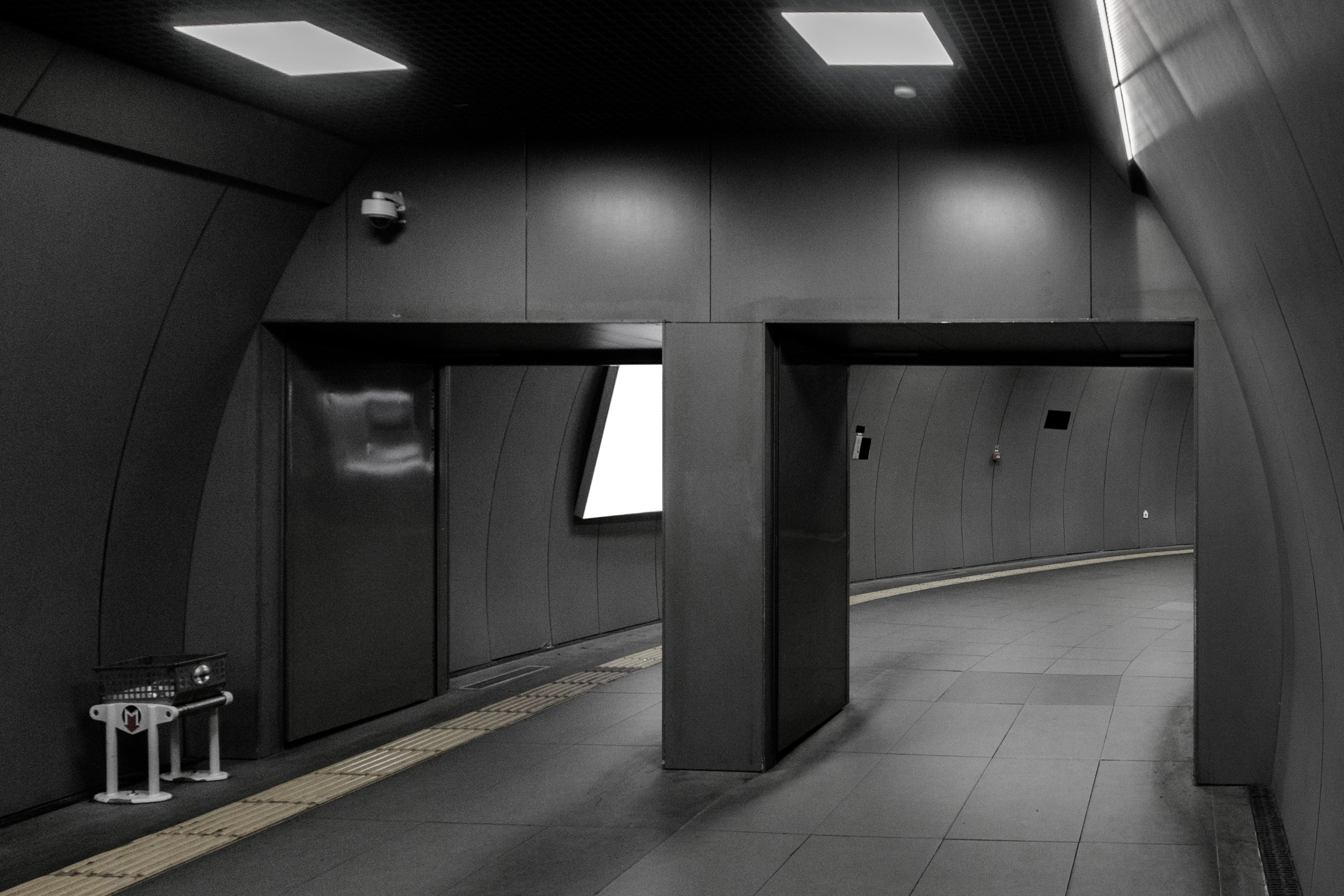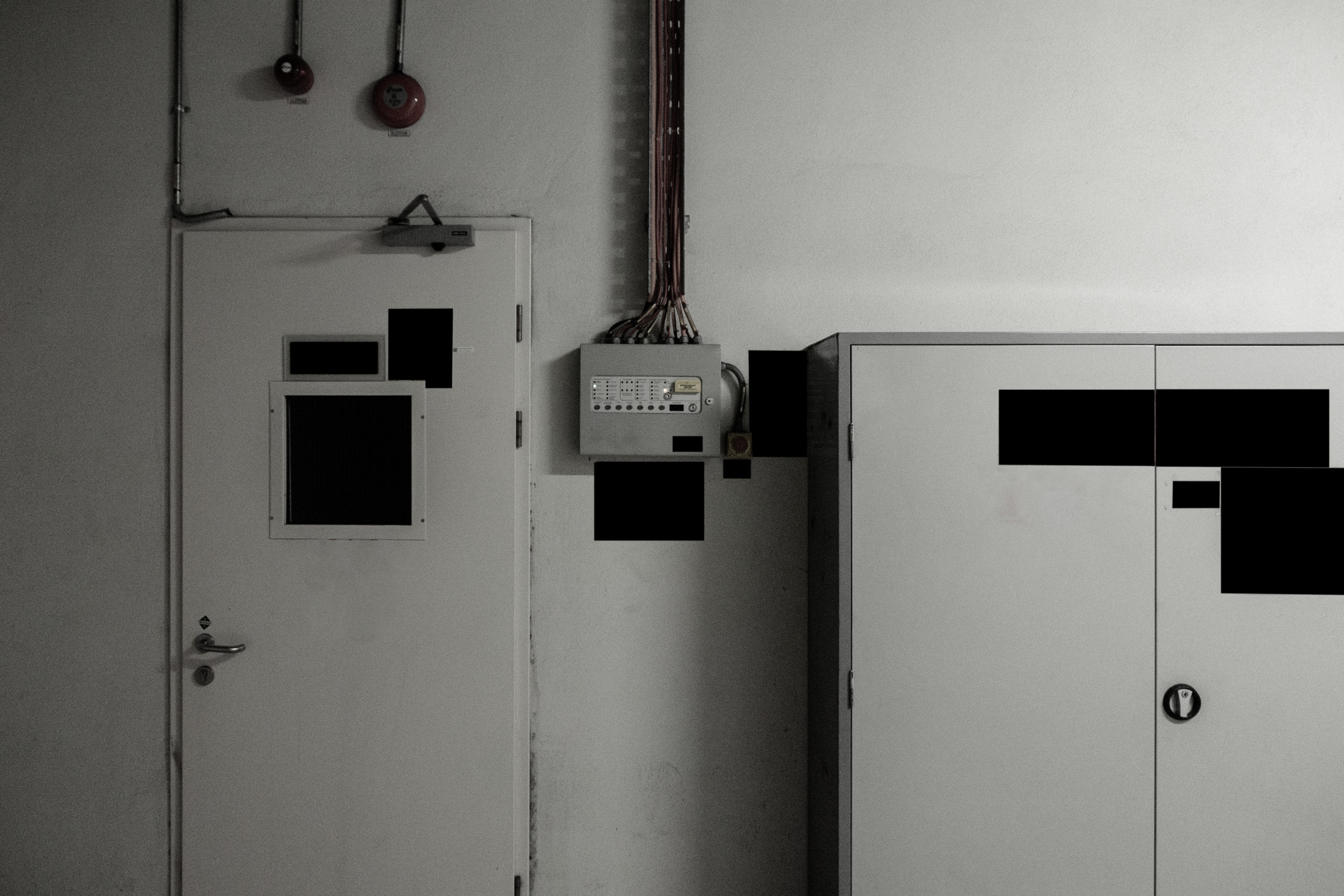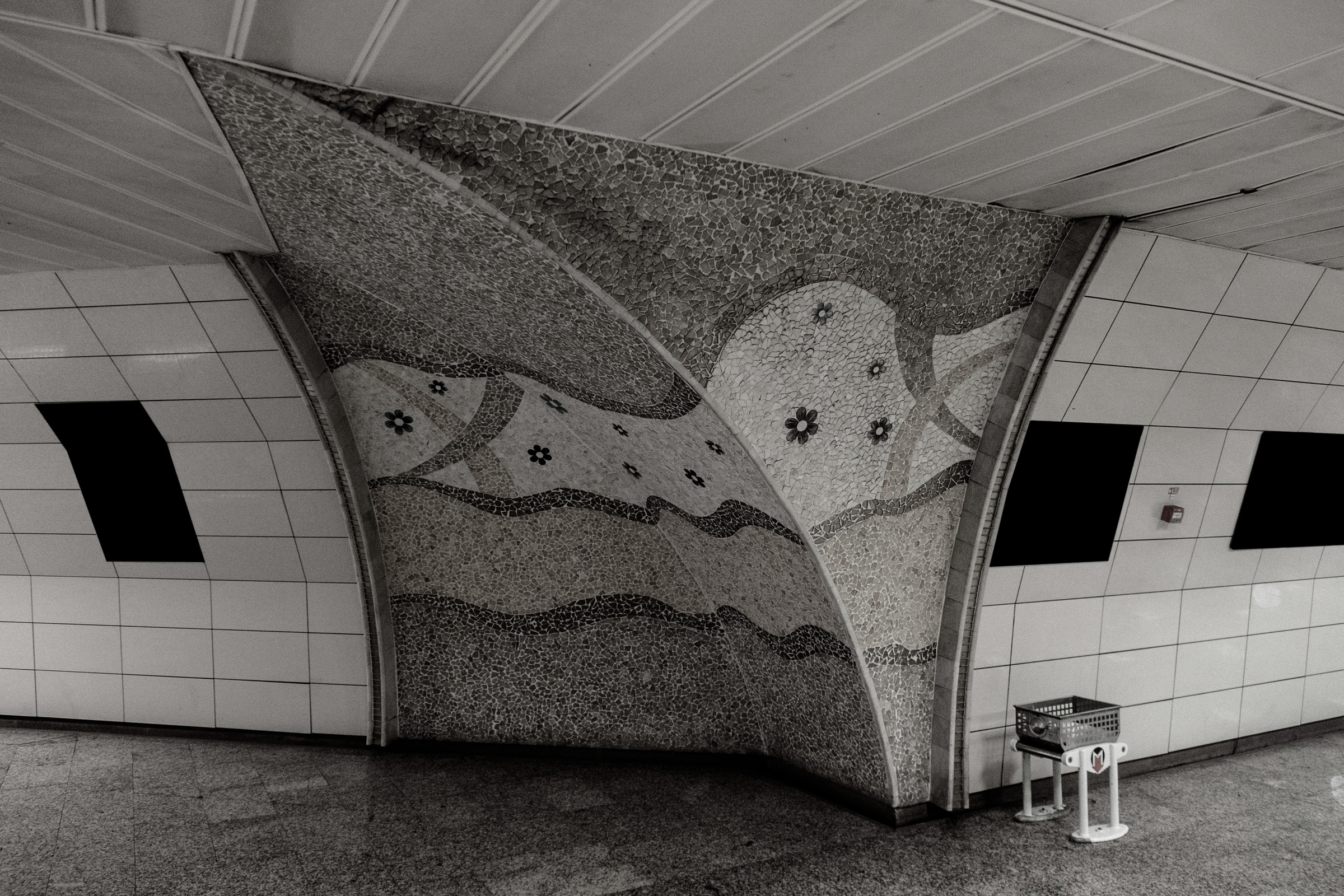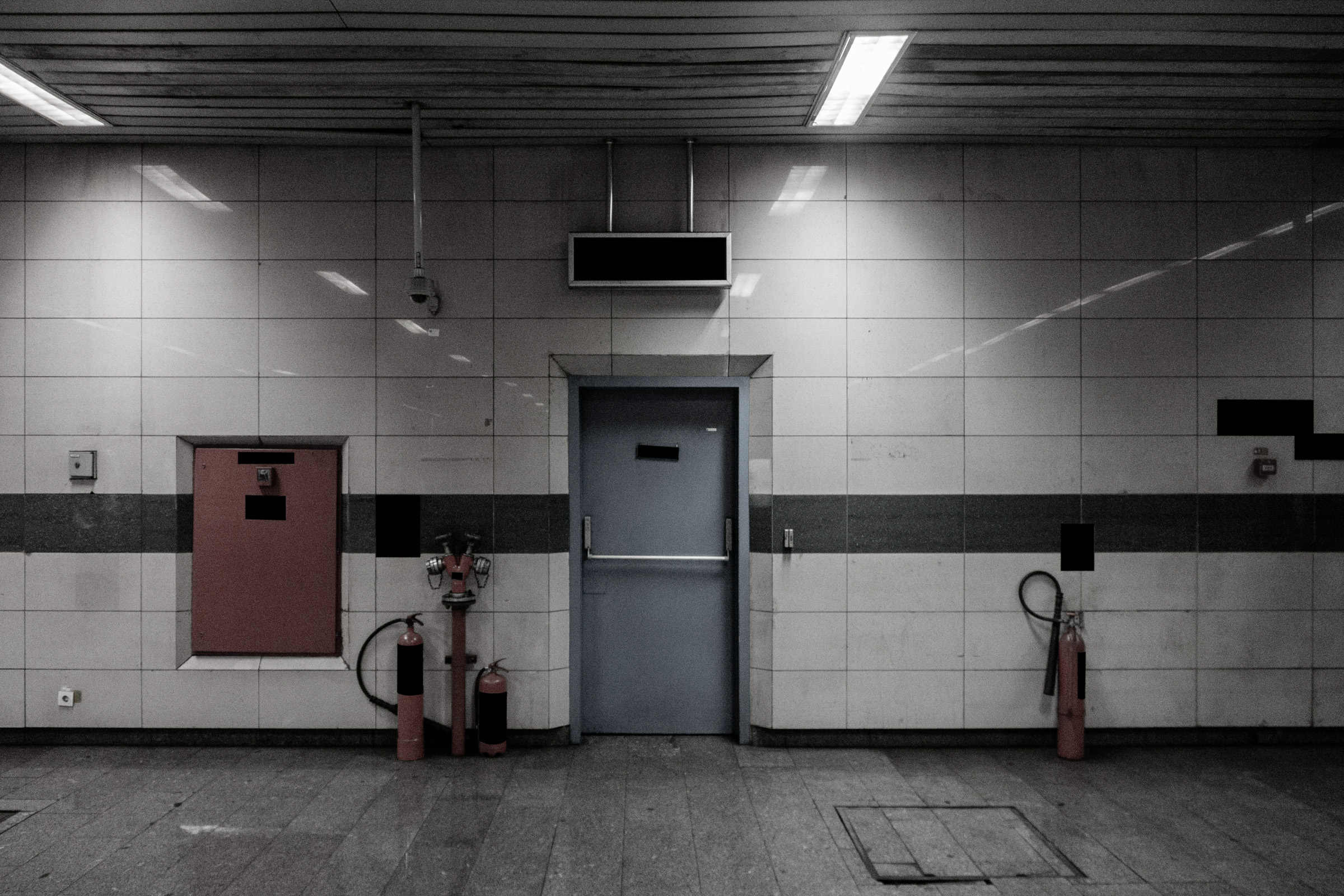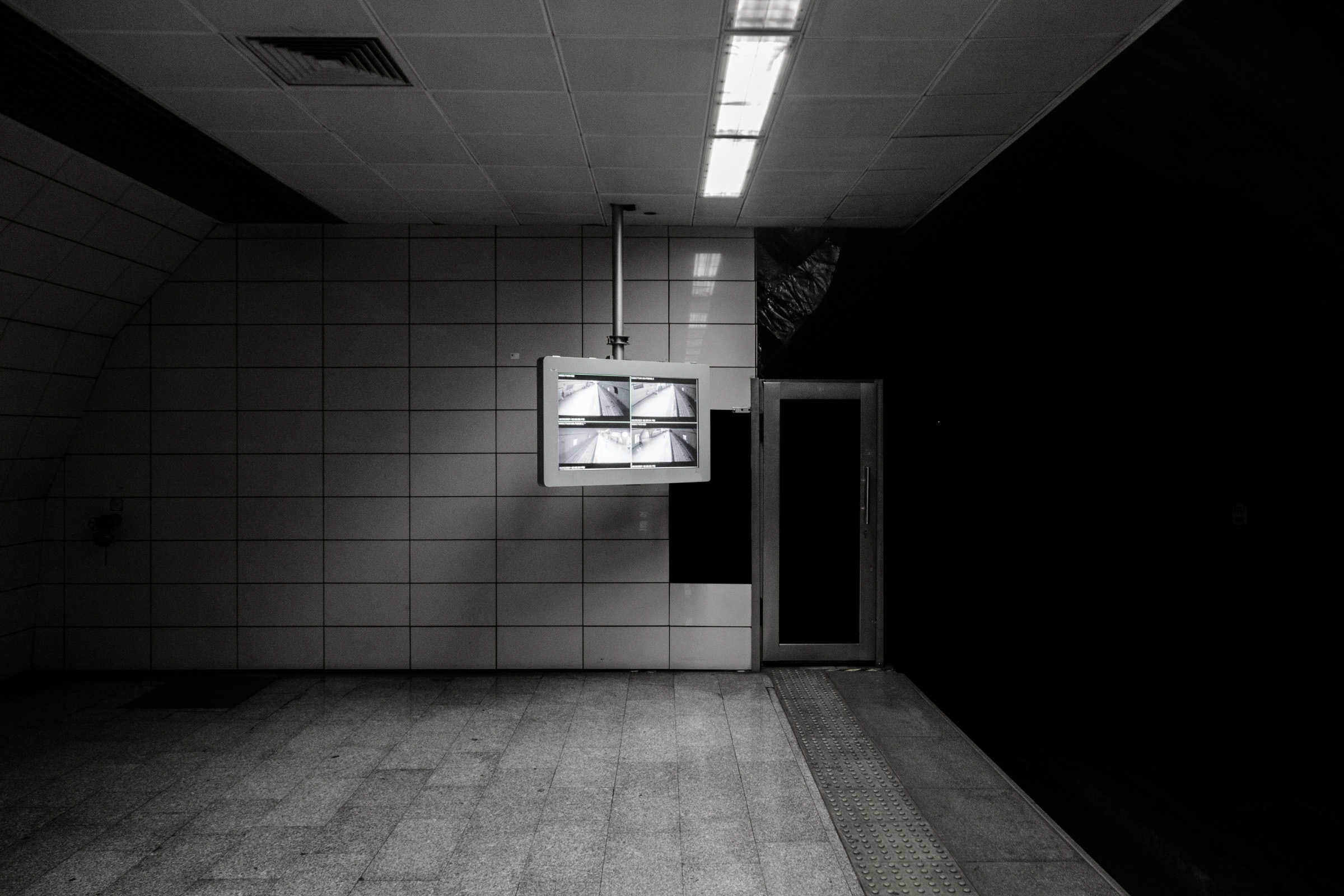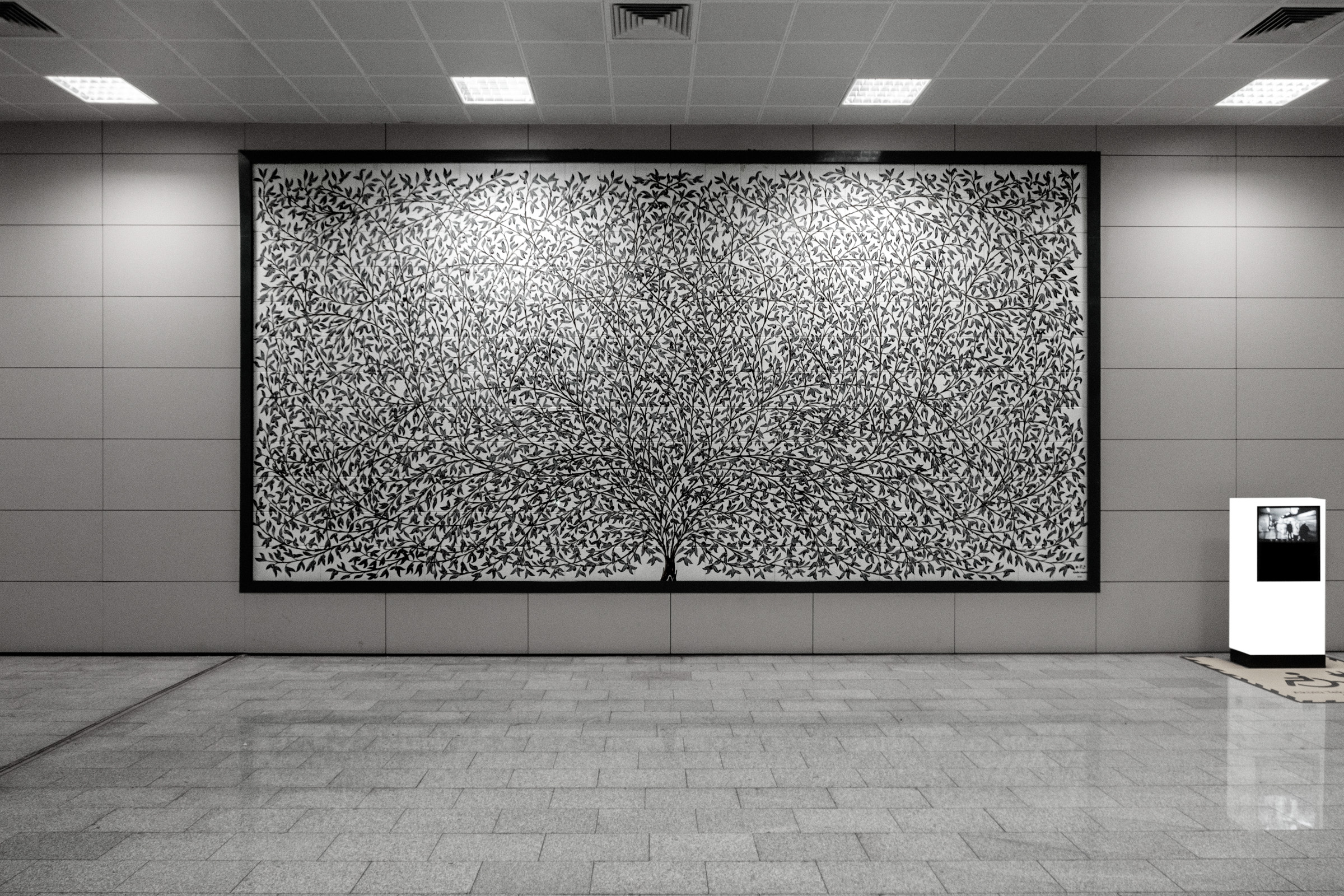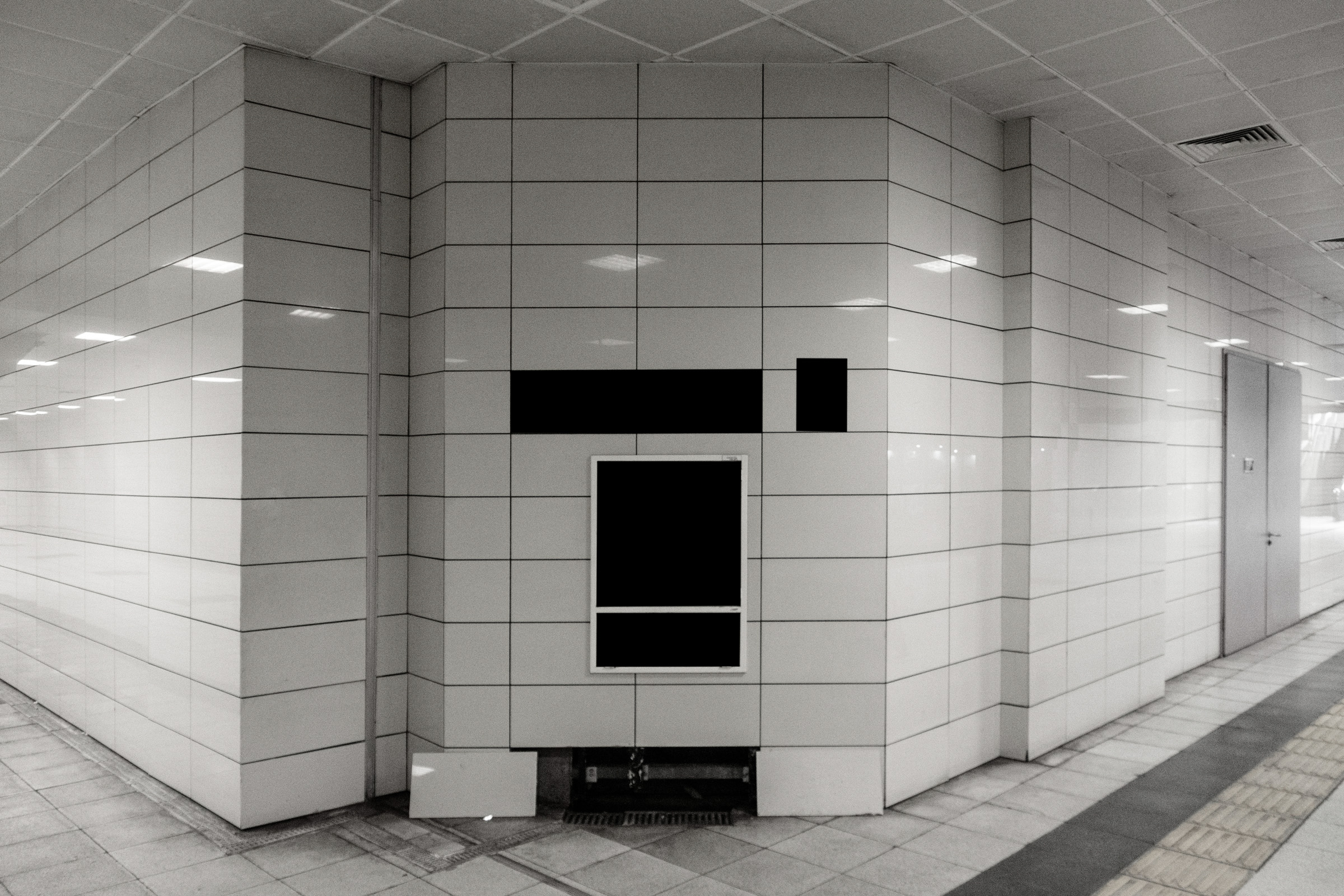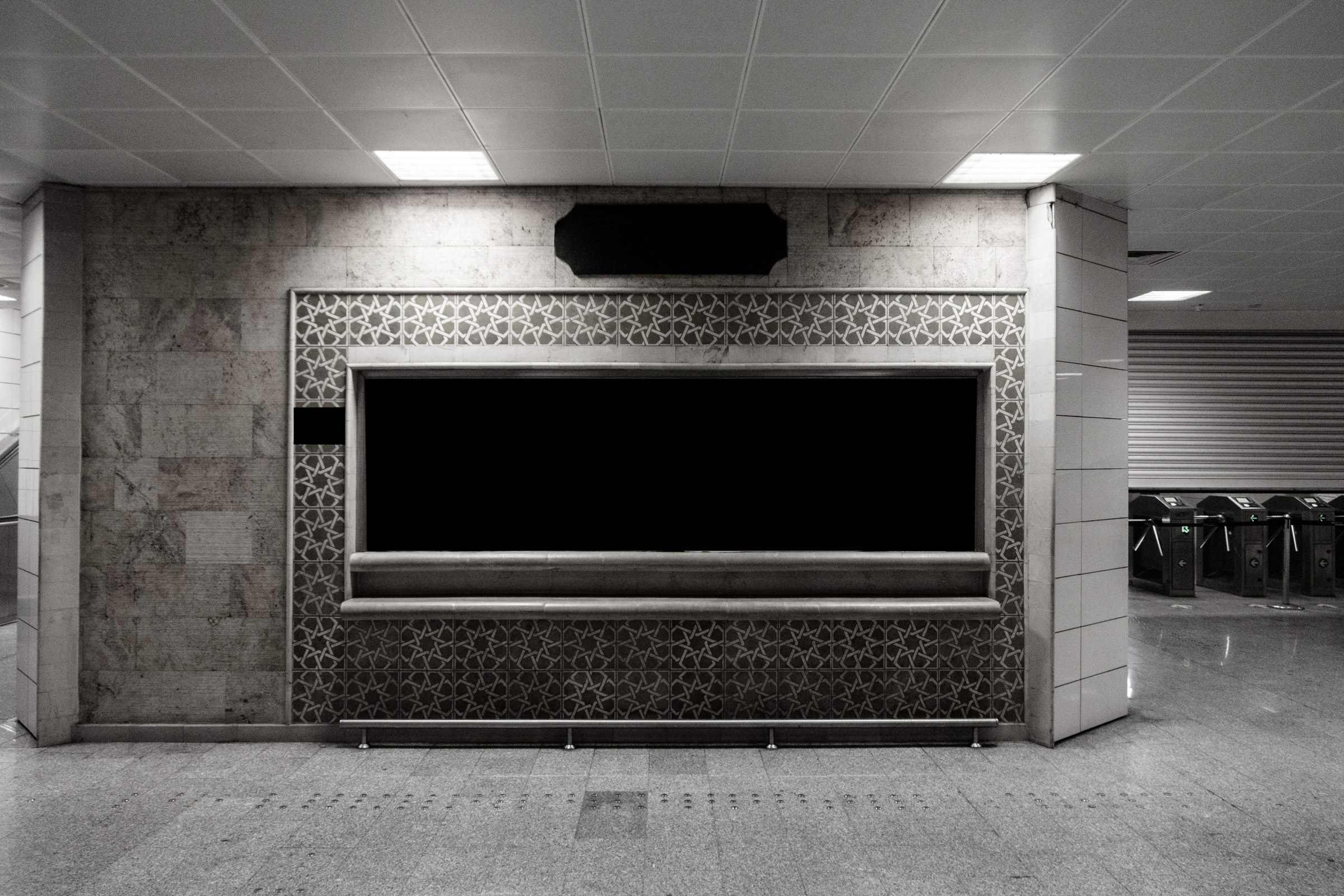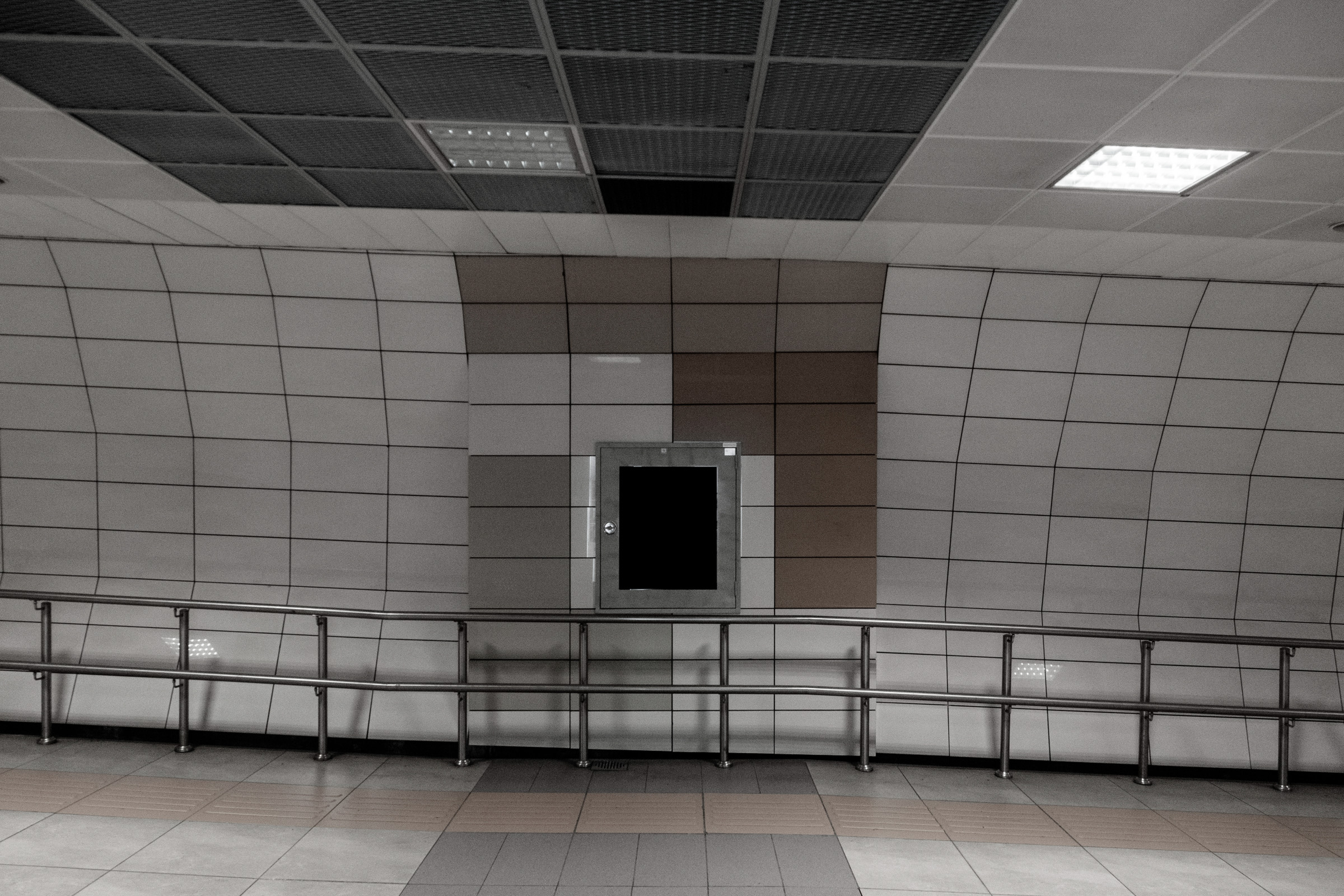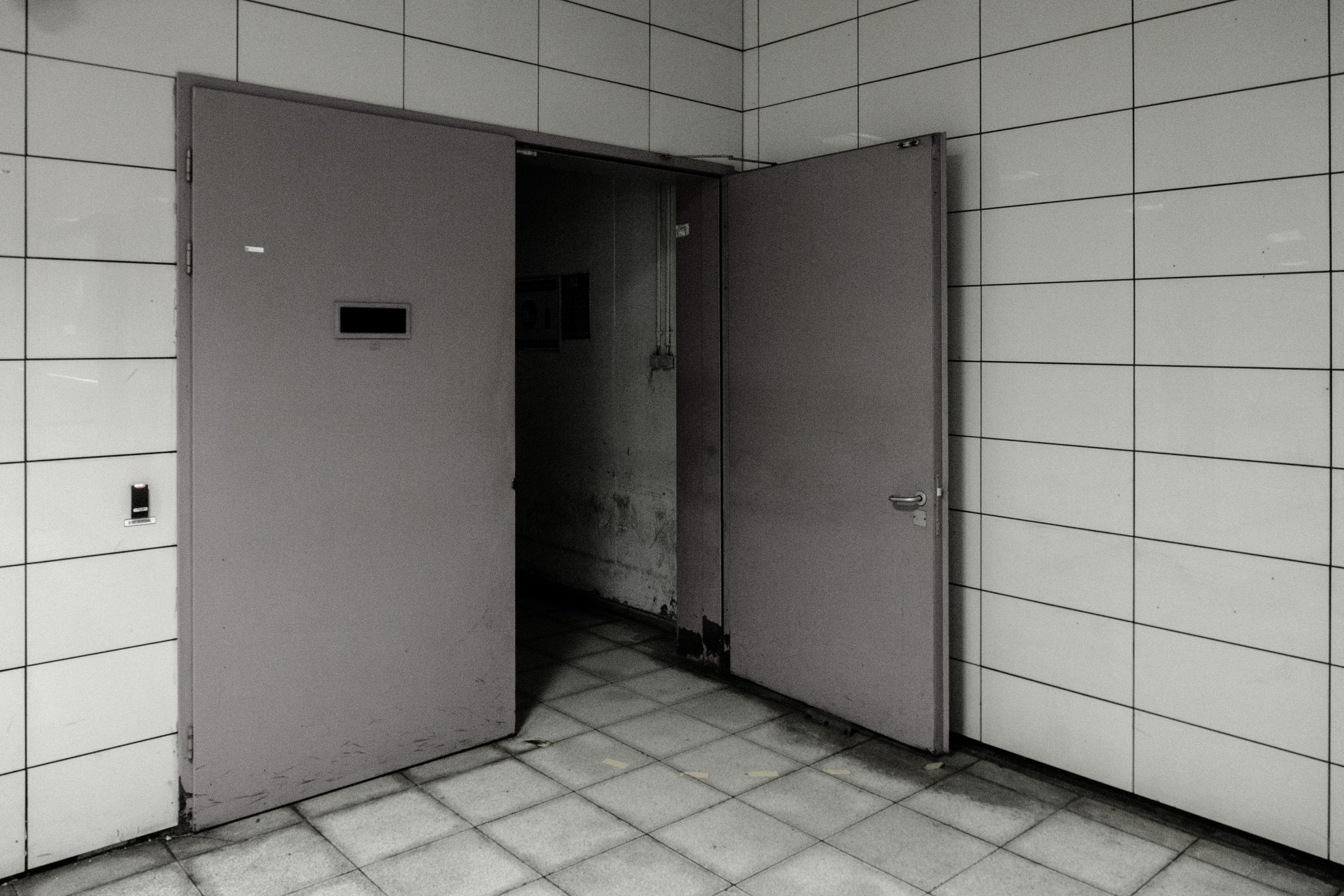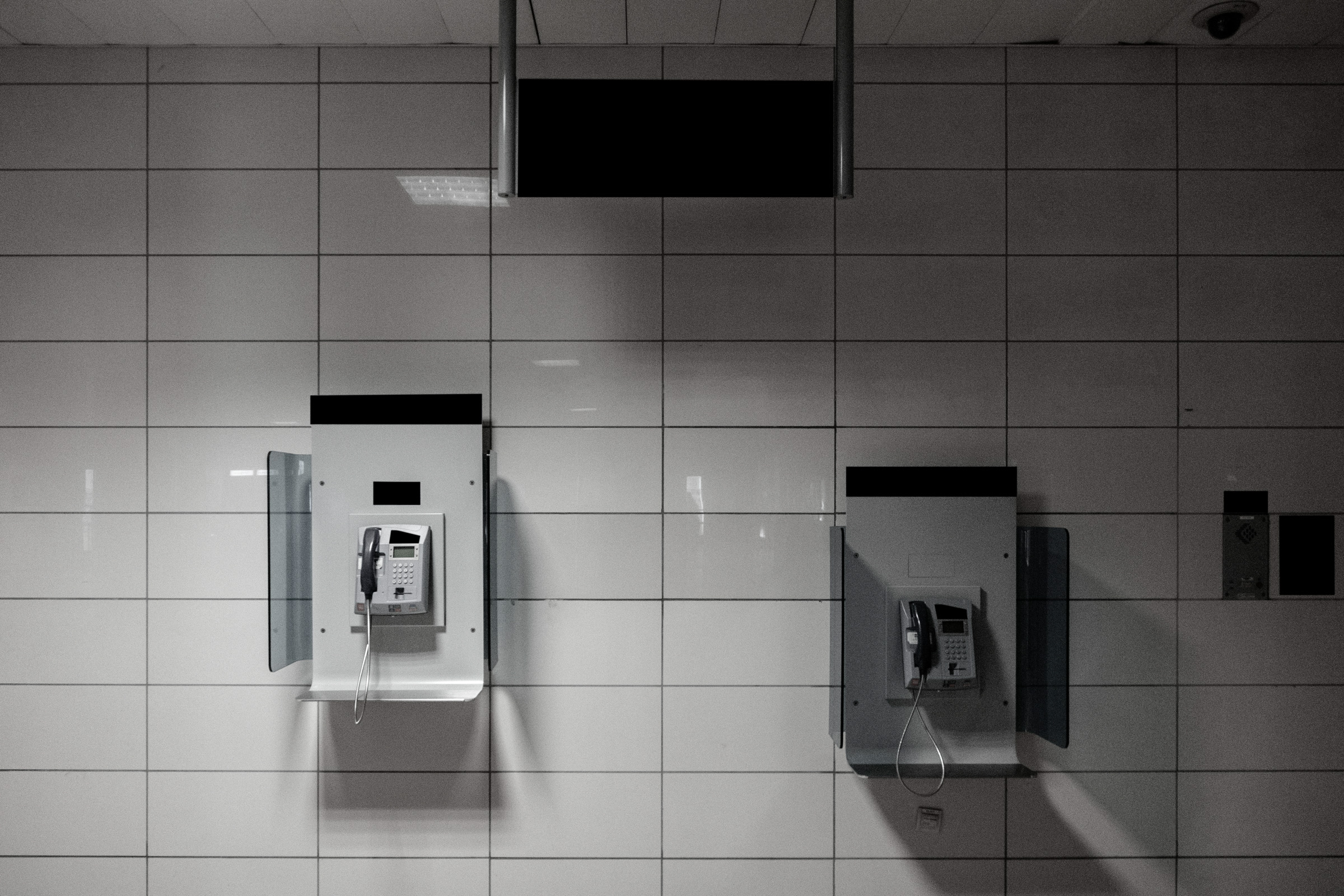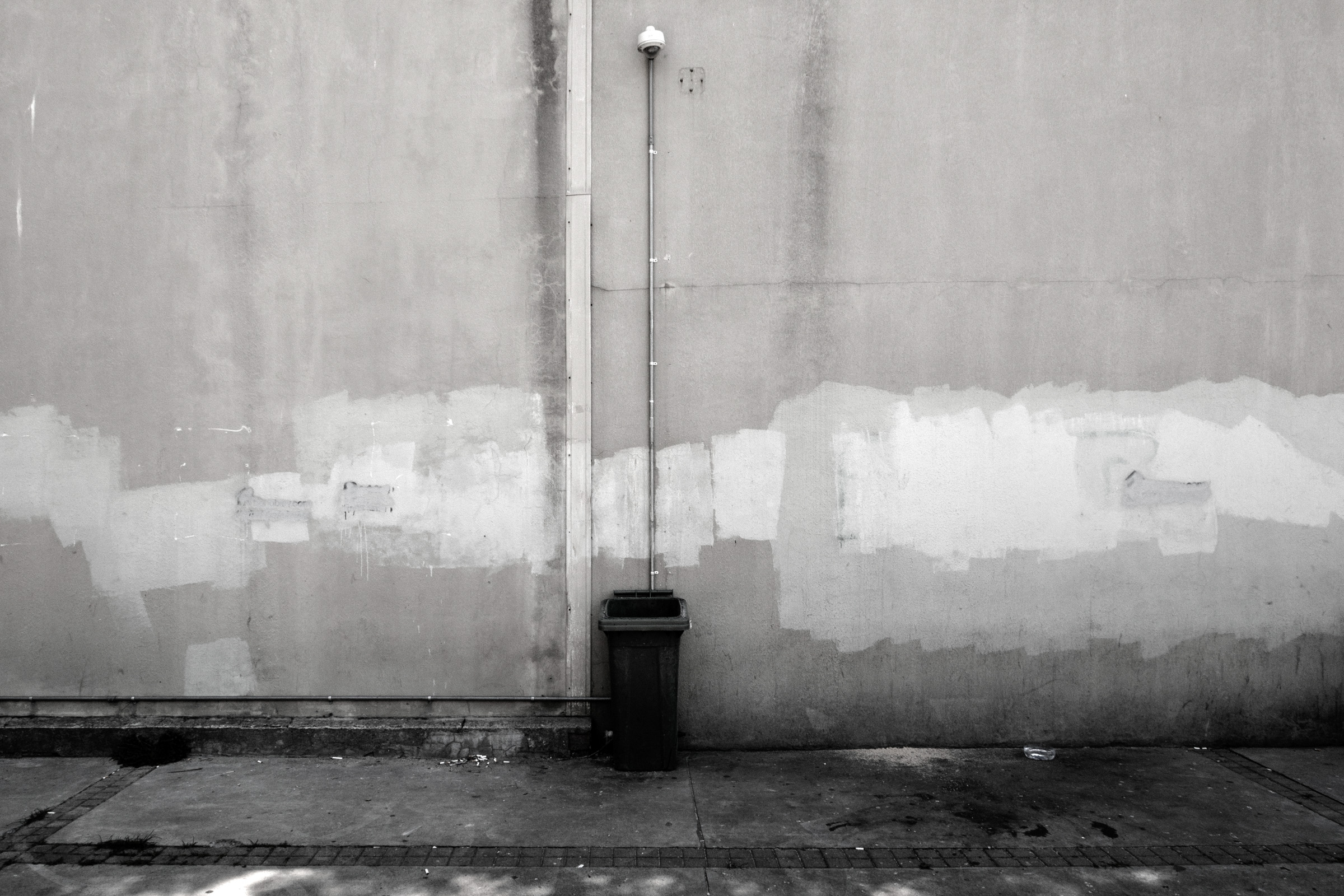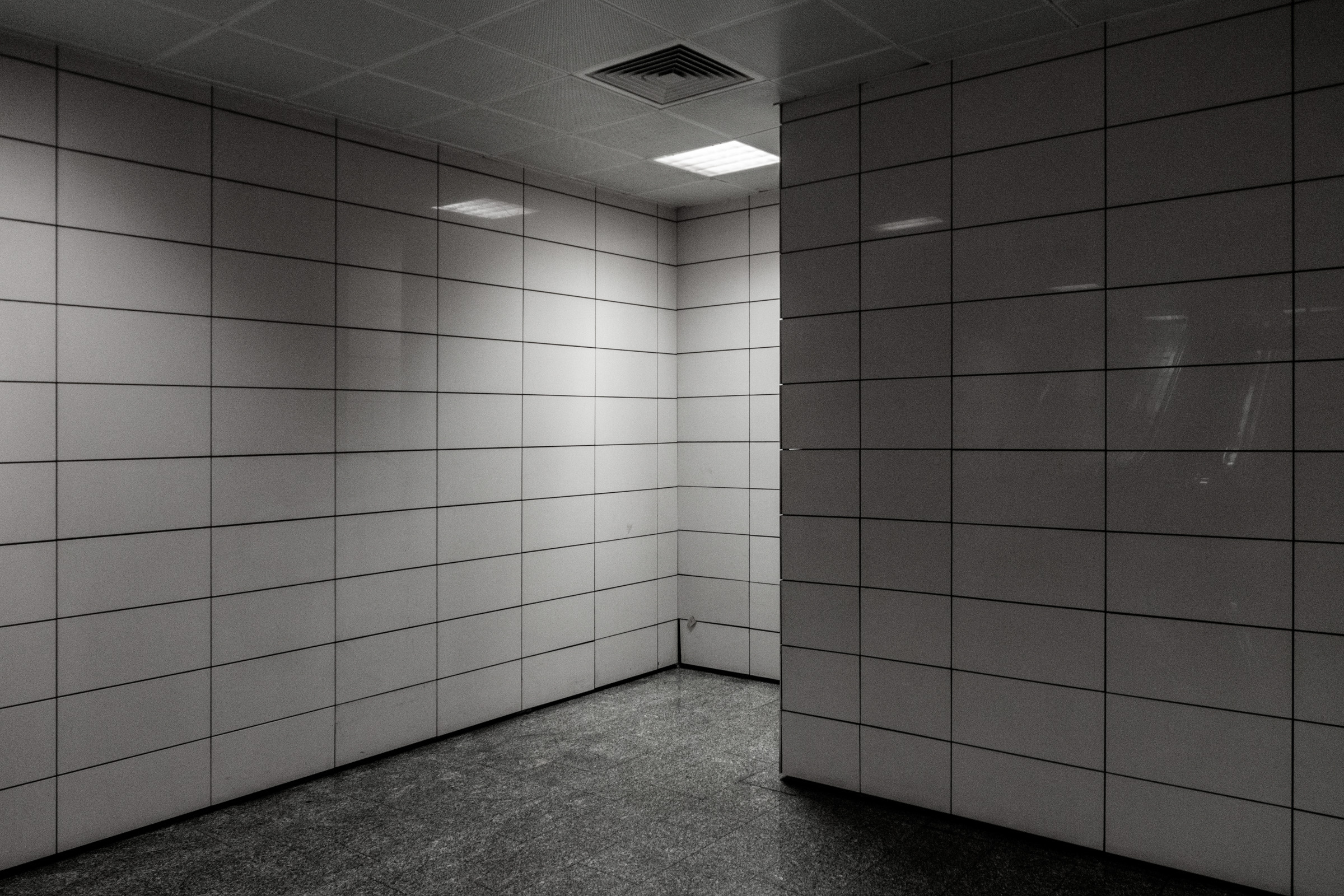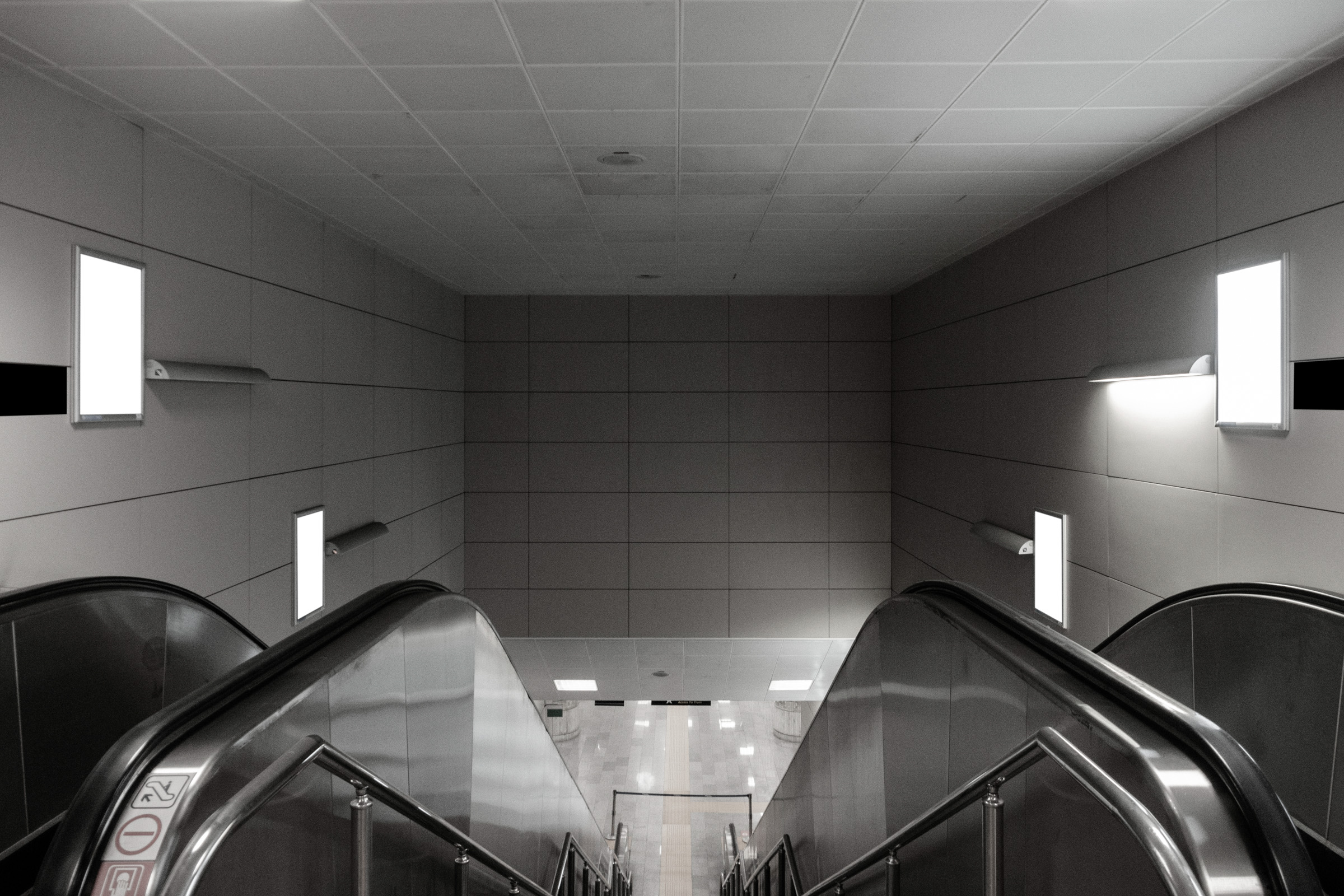Metro
Photography Series, Installation: 52 Fine Art Photographic Prints on Aluminium
2021
The Istanbul Metro does not merely transport bodies—it metabolizes time. Its tunnels coil beneath the city like the ouroboros, the ancient serpent eternally devouring its own tail. This is not a metaphor of stagnation, but a living circuit where past, present, and speculative futures fuse into a single organism. Commuters become cells in its circulatory system, moving through arteries of concrete and steel that pulse with the arrhythmia of late capitalism.
Metro interrogates this labyrinth through a double rupture: first, by framing the subway system as a site of temporal disorientation, where the cyclical rhythms of transit mirror capitalism’s demand for perpetual motion; second, by collapsing the boundary between Istanbul and its uncanny double—a speculative city built from photographs of “almost-Istanbul.” These images, stripped of geographic specificity, reveal the Metro as a liminal non-place* where identity dissolves into standardized signage, surveillance apparatuses, and the eerie glow of LED indicators.
The Metro’s ouroboros is not merely symbolic but operational. Escalators loop without progress, turnstiles click in metronomic syncopation, and commuters orbit stations like electrons in a suspended now. This is the “temporal repetition” Crary dissects in 7/24: Late Capitalism and the Ends of Sleep, where the collapse of work/rest cycles traps subjects in a sleepless continuum. Yet the work pushes further: by photographing the Metro’s “in-between” spaces—maintenance doors, vacant control rooms, flickering CCTV feeds—to expose the infrastructure’s hidden musculature. These are zones where the machine’s illusion of seamlessness frays, revealing the labor and algorithms that sustain its myth of endless motion.
Jonathan Crary’s analysis of Do Androids Dream of Electric Sheep? and Blade Runner anchors the inquiry. Like Philip K. Dick’s Rick Deckard character—confronted by a raccoon that destabilizes his grasp of the real—commuters in the speculative Metro inhabit a paradox: they traverse a space that mirrors Istanbul’s topography yet exists adjacent to it, a clone-city where every detail is “very similar, but not Istanbul.” The photographs amplify this dissonance. Security cameras peer from corners, their red LEDs blinking like artificial constellations; tiled walls replicate endlessly, evoking the psychic claustrophobia of a system designed to simulate order. The Metro becomes a recursive loop, a copy without an original, where the question “Is this real?” loses meaning.
The installation’s architecture mirrors the Metro’s own syntax of control. Gridded photographs stretch across walls like a speculative archive, their bleached edges echoing the antiseptic glare of subway lighting. Closed doors—pictured in series—form a pixelated barrier, inviting viewers to project fantasies of what lies beyond: control rooms humming with data, abandoned platforms reclaimed by moss, or perhaps nothing at all. These images operate as fragments of a speculative archive, documenting a city that exists in perpetual deferral—“whose time has not arrived yet”—yet is already cannibalizing itself. Materially, the installation echoes the Metro’s synthetic ecosystem. Surfaces mirror the subway’s polished steel and matte concrete, while the scale of photographs (life-sized doorways, looming escalators) immerses viewers in the infrastructure’s oppressive intimacy. The absence of human figures amplifies the unease: this is a city haunted by its own automation, a realm where bodies have been abstracted into biometric data and fare-card swipes.
Metro does not mark a place but a state: the ouroboros as a lived experience of late capitalism, where boundaries between real and fake, motion and stasis, forward momentum and collapse, dissolve into the whine of fluorescent lighting and the patter of feet in a tunnel of no end.
*A term defined by anthropologist Marc Augé in Non-Places: An Introduction to Supermodernity (1995), "non-places" are temporary, anonymous environments—such as airports, supermarkets, and public transportation—that lack relational or historical depth. They are defined by their functionality and homogeneity, typically repressing individual identity for the purposes of standardized, impersonal experience.
